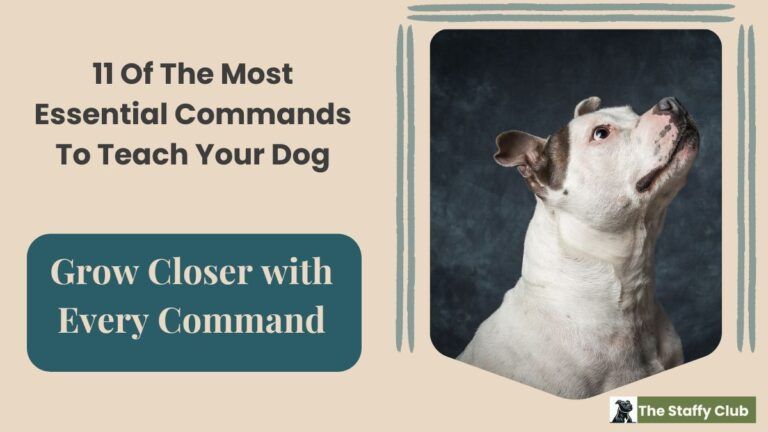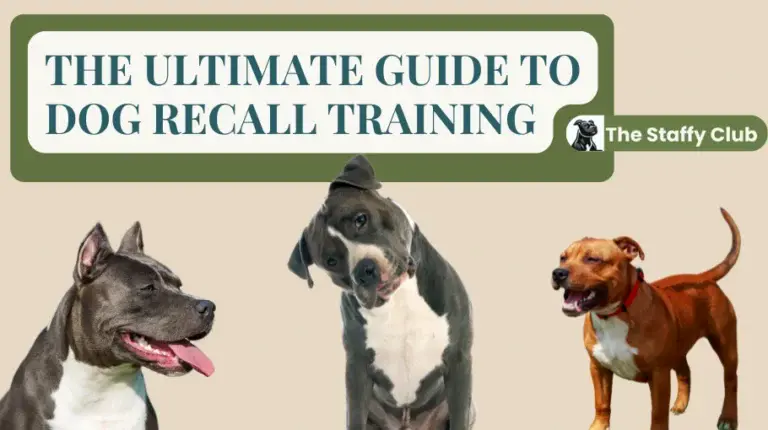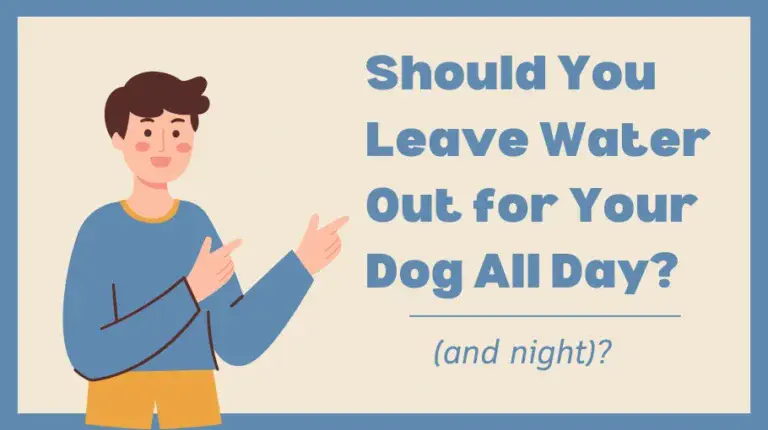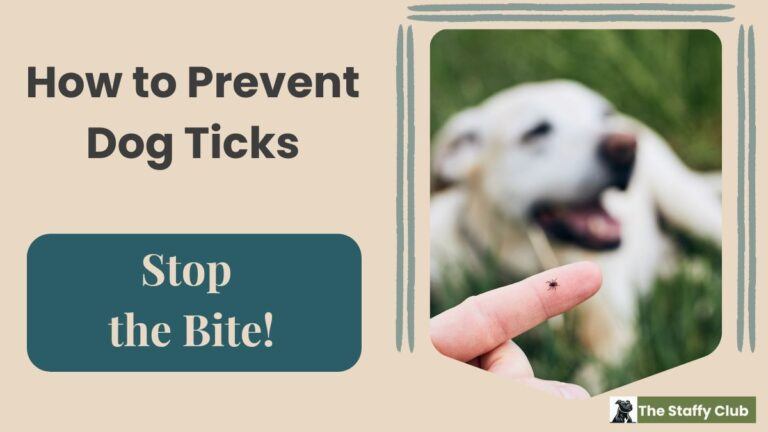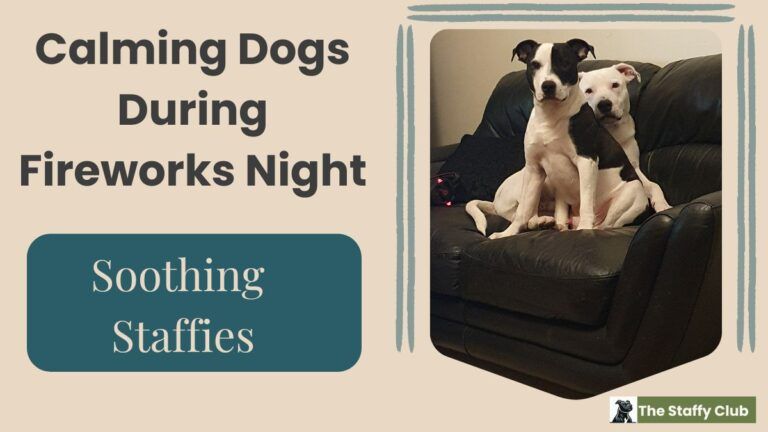Make Dog Recall Problems a Thing of the Past!
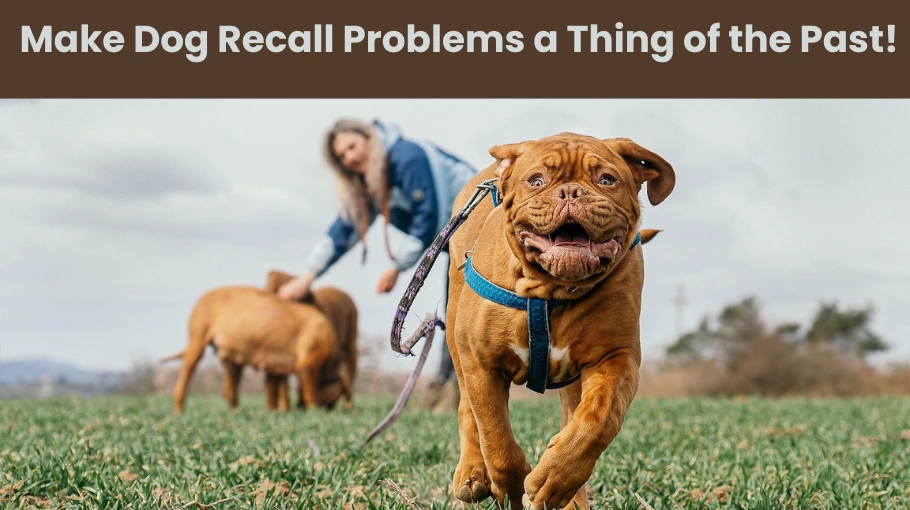
Think back to when you first brought your dog home. Did you mentally picture peaceful walks, open fields, and the joy of watching them sprint full-speed across the grass—ears flapping, tongue lolling, completely in their element? And, of course, in this perfect vision, you’d simply call their name, and they’d turn on a dime, racing back to you without hesitation.
Fast forward to reality, and instead of that effortless recall, you’re left standing there, calling your dog’s name like a broken record while they bolt in the opposite direction. It’s frustrating, confusing—what did you do wrong?
Truth is, probably nothing. There’s just a missing piece or two in their training.
Understanding Why Your Dog Struggles with Recall
Now, pause for a second—what’s the toughest test you’ve given your dog when you thought their recall was solid? Have you ever tried calling them past a bowl of fresh, diced-up chicken and actually won their attention? That’s next-level impulse control.
Getting there isn’t magic—it’s just training. Start small. Begin with mild distractions, then gradually increase the challenge. Work your way up to the ultimate showdown: a bowl of juicy chicken, sitting right in front of them. If they can ignore that and choose you instead? You’ve nailed it.
The One Training Tool That’ll Build Trust
A long line!
Not a retractable leash—those things can fail at the worst moments. A sturdy nylon long line is the way to go. Think you can handle your dog on 15ft of freedom? If you’ve got a powerhouse of a pup, start shorter. No shame in protecting your shoulders (and dignity).
Here’s the challenge: When your dog is nailing their recall at one distance, don’t just hope they’ll handle more distractions—prove it. Give them a little extra slack and see if they still turn on a dime when called.
The goal? They should never reach the end of the line. If they do, their recall isn’t quite there yet. And be warned—if they’re secretly thinking about going for a doggy marathon, you might find yourself lunging face first into a muddy field. That’s why line length matters—the longer it is, the more speed they can build before you even realize what’s happening.
Long lines give your dog a taste of freedom while keeping you in control. Master this, and you’re well on your way to off-leash reliability.
A Simple 3-Step Formula for Strenghtening Recall (Provided You’re Consistent)
Consistency is the key here. The formula’s simple to remember, but putting it into practice? Well, that’s where the real work comes in. Expect some to-ing and fro-ing, but with patience, you’ll get there.
1. Strengthen the Basics for Impulse Control
A dog’s biggest hurdle? Impulse control. If they can’t resist the urge to chase a squirrel or zoom after a ball, how can you expect them to focus on returning when called? That’s where the “sit” and “wait” commands come in. It’s all about teaching them to hold back, even when something irresistible is in front of them—and not getting a reward until you say so.
Here’s how to strengthen “wait”:
And by “wait”, I do mean to teach it seperately. Not an implied stay.
- Start in a quiet spot, like your living room or backyard.
- Ask your dog to sit, then cue “wait.”
- Gradually increase the wait time—start with a few seconds, then build it up to one or two minutes. Think about how long you’d need your dog to hold a wait in a real-world situation, like when you’re opening the car door to clip the lead on. 30 seconds? A minute? That’s the target wait time. You want to make sure they’re safe and calm before that door opens.
- Add distance by walking away while they hold the position.
At first, keeping eye contact while you walk backward might feel like a struggle for both of you. But trust me, it’s a fantastic focus test! As you increase the distance, try turning your back completely. Once your dog can hold that position, even with you moving farther away, you’re building the foundation for reliable recall—especially when you introduce distractions (and long lines).
And here’s the kicker: it’s like a long line without the actual long line. You’re building trust, control, and that “come when called” reliability—all while staying in control of the situation without them ever reaching the end of the line!
2. Restart Recall on Leash – Keep It Controlled
Here’s what you don’t want your dog to learn: that a tug on the leash means it’s time to come back. Nope, the verbal cue should be your magic wand that does all the work. No tugging necessary. Your goal? To make sure the verbal “come” is stronger than anything else vying for their attention.
What’s your secret weapon? High-value treats. We’re talking cheese, chicken, the good stuff—the stuff that makes their tail wag so hard it could take flight. Your dog needs to think you’re the best part of the day, not that random squirrel or that puddle they’re eyeing. You’ve got to win the personality of the day award here, not be crowned the buzzkill.
Here’s how you do it:
- Use a short leash (3ft to 6ft). This is more about control than guiding them back. The leash keeps them from running off to chase that adorable (but distracting) squirrel. The goal is to get them to focus on you, even when all the fun stuff is happening around them.
- Offer those drool-worthy rewards and use a tone that says, “Come back to me, and we’ll have a blast!” Your energy should scream fun—because, remember, you’re trying to outshine that squirrel.
- Start in quiet, low-distraction areas (think: your backyard or a calm park). Once they’re nailing recall, slowly add distractions like people walking by, other dogs in the distance, or a tasty treat on the ground. But remember: no tugging! Your dog should be able to recall on a leash and ignore distractions, all by simply hearing your voice.
3: Extend the Distance with a Long Line – The Final Piece of the Puzzle
You’ve nailed the basics and kept things controlled with the leash, but now it’s time to give your dog some real space. The third and final step in this 3-part formula is simple: Space!
Now that your dog’s recall is reliable on a shorter leash, it’s time to test it in more open spaces with a long line. A long line (15–30 ft) lets your dog move around and practice recall from a distance, but with you still holding the reins.
Here’s how to do it:
- Find a secure, open area where your dog can safely roam. (No busy roads or squirrels too tempting nearby, please!)
- Add mild distractions to test their focus—distant sounds, smells, or sights. The idea is to gradually increase the challenge while keeping control.
- Keep practicing until your dog reliably returns from a distance. You’ll know they’re ready for more space when they reliably come to you, no matter what’s going on around them.
Now, think of it like this: when you’re walking your dog off-leash, you’re not just letting them roam freely. In a way, you’re walking them with an invisible line. You can recall them back in an instant, even if they’re out of sight or distracted. It’s the same concept with the long line: it gives them space, but you’re still in control.
Just remember when practicing with the long line—more space = more potential for speed! Keep your long line under control so it doesn’t end up wrapped around a tree (or you).
Troubleshooting Common Recall Issues
Even with the best training, you might hit a few bumps along the way. Here’s how to tackle some of the most common recall problems:
Issue 1: My Dog is Stubborn & Ignores Recall
It’s easy to think your dog is being stubborn, but most of the time, they’re just distracted—or, let’s face it, secretly plotting to see how far they can go before you’ll come running after them. They love a game of chase, because they know they can win that one.
Solution: Start in quieter spaces and go back to reinforcing basic commands like “sit” and “wait.” This helps your dog focus and sets them up for success when you’re ready to work on recall. And remember, patience is key—don’t let them turn you into a dog-chasing marathon runner!
Issue 2: My Dog Comes, But Only When They Feel Like It
If your dog only comes when they feel like it, they’re probably treating recall like a “maybe” option—kind of like when you’re invited to a party and you can’t decide if you want to go, but you definitely want to keep your options open.
Solution: Make recall more exciting! Use high-value treats or their favorite toy, and keep the energy positive. The more fun and rewarding it feels, the more encouraged they’ll come every time. Think of it as throwing a party they can’t say no to!
Issue 3: My Dog Anticipates the End of Fun & Won’t Come
This classic happens when your dog learns that recall often means the end of playtime.
Solution: Call them back, reward them generously, and then let them go back to playing. If they associate recall with more fun, they’ll be more likely to return next time. A big part of it is normalizing the leash. Sometimes, play stops—sometimes, it doesn’t. Let them know they’re not losing out on fun; they’re just getting a brief pause before the next round.
Keeping That Recall Sharp
You’ve built a solid recall foundation—now it’s time to keep it in tip-top shape. Like any great relationship, recall needs ongoing attention and care to stay strong. Here are some tips to keep your dog’s recall skills sharp and reliable:
1. Always Reward Recall (Even if They’re Taking Their Sweet Time)
Look, it’s so tempting to throw in the towel when your dog’s off on a squirrel-chasing mission. But resist the urge to toss treats randomly in the hopes they’ll stop and grab them mid-chase. Stay patient! If they come back—even if it’s not immediate—reward them. You’re teaching them that “coming when called” is always worth it. And if they’re not coming right away, take a step back to on-leash recall training until they’re more focused.
2. Keep It Fun, Keep It Short
Training your dog shouldn’t feel like a boot camp. Keep recall sessions fun and short to avoid burnout. Dogs, like us, get tired. The longer the walk, the less likely they’ll be able to focus. A few short sessions filled with praise and treats will work wonders without leaving them exhausted and distracted.
3. Mix Up Your Training Spots
Dogs are pros at generalizing commands, but recall can be tricky for them. Practice in different places—parks, quiet trails, or even your busy street. The more they hear the “come” command in different environments, the more reliable it becomes. And, bonus, it’ll help your dog not associate recall with always being leashed!
4. Have a “Super Emergency” Recall for High-Stakes Situations
For those moments when you need your dog to come back instantly (like dodging an oncoming dog or person), use a special emergency recall. This could be a unique cue, like a quick triple come command—”come, come, come”—with each one elevating in pitch, or a totally different tone, to signal the importance. Be upbeat and confident—this will make your dog snap into action, instead of hesitating.
Final Thoughts
Here’s the deal: recall isn’t a one-and-done trick—it’s a process. Building a rock-solid recall takes time, patience, and a bit of trial and error (don’t worry, you’re not alone!). If your dog isn’t coming back as quickly as you’d like, no need to panic—just rewind to the basics and reinforce their impulse control. Consistency is your secret weapon, and with a little persistence, your dog will be nailing recall like a pro.
Want the full, detailed step-by-step on mastering recall? Check out my ultimate guide on dog recall training. You’ve got this!

